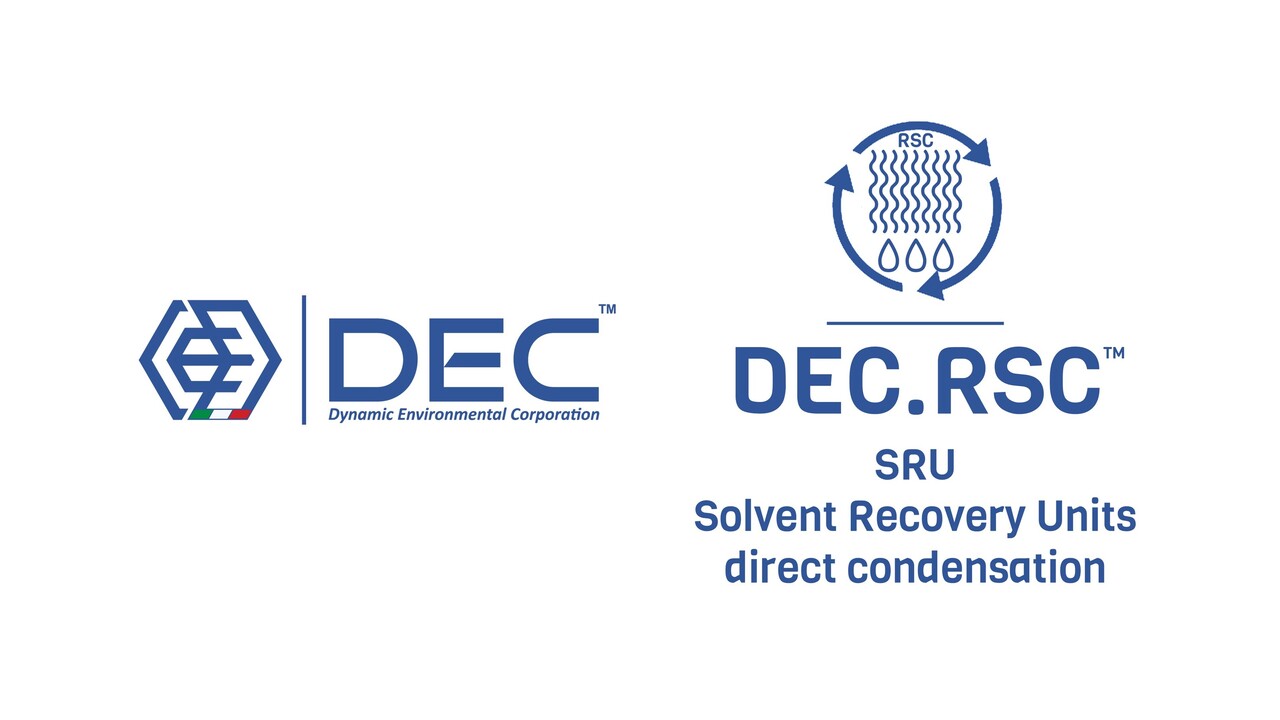
NMP | N-Methyl-2-pyrrolidone | solvent recovery
DEC.RSC™ ♻️ SRU | SRS | SRP
As the production of electric vehicle batteries and renewable energy storage systems ramps up, gigafactories are at the forefront of advanced manufacturing. This growth brings the challenge of resource management and optimization. The recovery of N-Methyl-2-pyrrolidone (NMP), a key solvent in manufacturing processes, plays a vital role in enhancing operational efficiency and environmental responsibility within gigafactory operations. Efficient NMP recycling reduces waste, supports the circular economy, and meets the rising demand for sustainable practices. In this article, we explore the DEC.RSC™ technology, highlighting the benefits, innovations, and best practices driving the future of sustainable gigafactory production.

NMP | N-Methyl-2-pyrrolidone recovery • info
Looking to cut VOC emissions while boosting sustainability? N-Methyl-2-pyrrolidone (NMP) recovery offers a game-changing solution for gigafactories and industrial plants. By integrating advanced NMP recovery systems for VOC control, you can recycle this vital solvent, slash waste, and meet stringent VOC emission regulations. Curious about how NMP recovery reduces VOC emissions or the benefits of NMP recovery in VOC management? Our cutting-edge DEC.RSC™ technology ensures efficient NMP solvent recovery in VOC emission reduction, driving cost savings and environmental responsibility. Click to learn how NMP recycling for VOC emission standards transforms your operations today!
NMP | N-Methyl-2-pyrrolidone recovery • solvent properties
N-Methyl-2-pyrrolidone (N-Methylpyrrolidone, NMP), an aprotic and highly polar organic solvent, used in the manufacture of batteries, semiconductors, fibres, pharmaceuticals and wire coatings. NMP has established itself as a versatile and indispensable solvent in various industrial applications: with its unique properties, NMP finds extensive use across diverse sectors, contributing to the advancement of numerous manufacturing processes.
NMP plays a crucial role in the production of lithium-ion batteries, a key component of electric vehicles and renewable energy storage systems. It acts as a solvent for electrode materials, allowing the efficient dispersion of active materials and facilitating the formation of high-performance battery cells. NMP's compatibility with various electrode materials and its ability to dissolve lithium salts contribute to the production of reliable and long-lasting batteries, supporting the transition to a greener and more sustainable future.
While NMP offers immense value in these industrial applications, it is important to note that proper handling and waste management are essential. As NMP is classified as a hazardous substance, adherence to safety and environmental regulations and the implementation of appropriate containment and recovery measures are vital to minimize environmental impact and ensure worker safety.
NMP | N-Methyl-2-pyrrolidone recovery • how it works?
N-Methyl-2-pyrrolidone (NMP) recovery process involves the efficient extraction and purification of NMP from various industrial gas phase streams (SLA), enabling its reuse and minimizing waste generation.
Exhausted SLA from the coating hoods, once filtered, is cooled down in a DEC.RSC™ system, composed of a multi-stage heat exchanger (optionally equipped with THR1 energy recovery process). NMP is then condensed and recovered, ready for treatment offsite or through a DEC.DST™ distillation module.
Due to its high boiling point and low vapor pressure at room temperature, N-Methyl-2-Pyrrolidone (NMP) can be easily recovered by condensing it through simple cooling. This is particularly beneficial since NMP is a relatively expensive solvent. Recovering and recycling NMP translates to significant cost savings (reduced OpEx) for users.

The exhausted air, once removed the NMP, will be returned as fresh air intake to the coating line (optionally treated through a DEC.RBC™ concentration module), while the excess of air will be diverted to the stack (optionally further treated through a DEC.AFU™ filtering unit).
Once recovered and purified (through multi-stage distillation systems), the NMP can be reintegrated into the manufacturing process, reducing the need for new solvent procurement and minimizing the environmental impact associated with its production and usage. This recovery process not only contributes to the conservation of resources but also offers economic benefits by reducing solvent costs and waste disposal expenses. Overall, N-Methyl-2-pyrrolidone (NMP) recovery process enables the sustainable management of this valuable solvent, promoting circular economy principles and supporting environmentally responsible manufacturing practices.
NMP | N-Methyl-2-pyrrolidone recovery • LKTW
Unlock the full potential of VOC emission control with NMP recycling through tailored solutions. Wondering how to implement NMP recovery for VOC control? Start with NMP recovery systems for VOC control to streamline compliance. Explore how NMP recovery reduces VOC emissions and dive into the NMP recovery process for VOC regulations. Need equipment? Check out NMP recovery equipment for VOC control or NMP recovery units for VOC emission management. For cost insights, see the cost of NMP recovery in VOC emission systems. Discover top picks with the best NMP recovery technologies for VOC compliance and NMP recovery technology for VOC emission reduction. Learn more about NMP solvent recovery in VOC emission reduction, VOC emission control using NMP recovery systems, and NMP solvent recycling in VOC abatement. Tackle regulations with NMP recovery for VOC emission regulations and NMP recycling for VOC emission standards. Boost efficiency with industrial NMP recovery for VOC control, uncover NMP recycling benefits in VOC emission control, and achieve sustainability via benefits of NMP recovery in VOC management. Ready for next-level compliance? Explore NMP recovery solutions for VOC compliance and advanced NMP recovery for VOC compliance now!
